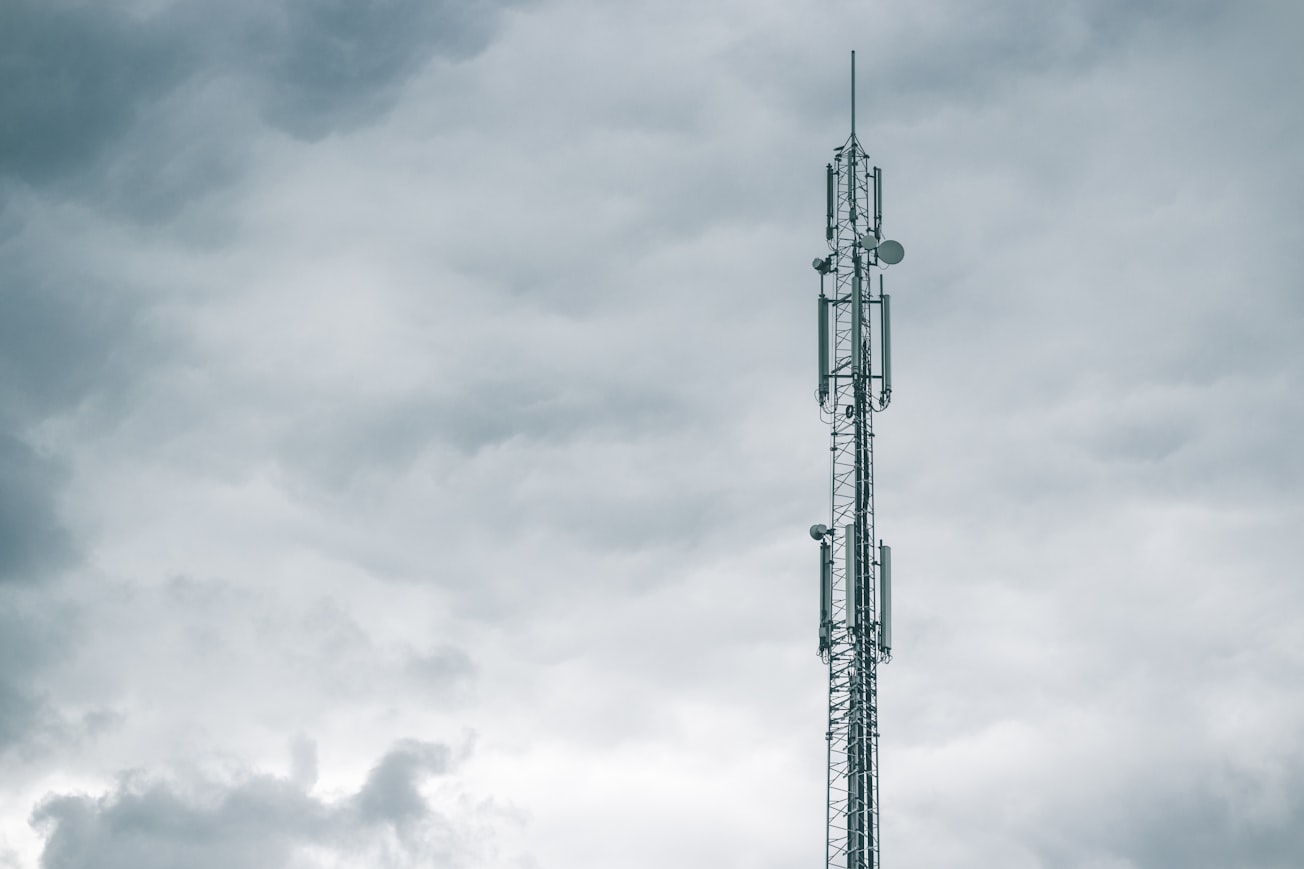What is it about?
In this paper, a two-way full-duplex amplify-and-forward relay network is considered in which two multi-antenna full-duplex user nodes manage to exchange their information via a full-duplex multi-antenna relay. More specifically, the users and relay can concurrently transmit their symbols in all time slots in the same frequency band which leads to self-interference (SI) at all nodes. The joint beamforming algorithm is used in which the relay and users beamforming matrices are updated in each time slot to suppress the SI generated in previous time slots. This algorithm needs the channel state information (CSI) of all previous time slots, so the complexity increases as time lapses. To decrease the complexity, an algorithm is proposed in which the beamforming matrix is recursively computed. Moreover, the estimation error of uplink and downlink channels is considered when the relay and users have partial CSI. Thus a robust algorithm i.e. an algorithm that takes the estimation error into account is proposed to decrease the effect of error in channel estimation. The proposed algorithm has been evaluated in terms of mean square error (MSE) achievable sum rate and BER for various values of the channel estimation error variances and compared with the non-robust algorithm. The results show that the superiority of the recursive robust algorithm in terms of SNR and complexity.
Featured Image

Photo by Echo Grid on Unsplash
Why is it important?
In order to compensate spectral efficiency loss of half-duplex (HD) relay systems, Full-Duplex (FD) relaying in which information can be exchanged simultaneously in the same frequency band was proposed. In full-duplex relay networks, all nodes including relay and transceivers can send and receive at the same time and same frequency. While different protocols can be considered at relay node, the two most prominent protocols are decode-and-forward (DF) and amplify-and-forward (AF), the latter of which is considered in this paper. Although FD relay systems achieve higher spectral efficiency than HD relays, they suffer from loopback self-interference (SI) which is caused by simultaneous transmission and reception of signals in the same frequency band from the same or different antennas. This can decrease the performance of FD relaying systems. The loopback channels, i.e. the channel between the transmission and reception antennas of the same node, can be estimated. Thus, the effect of the transmitted signal of each node, i.e. its SI, can be cancelled out in the received signal. The joint beamforming algorithm is used in which the relay and users beamforming matrices are updated in each time slot to suppress the SI generated in previous time slots. This algorithm needs the channel state information (CSI) of all previous time slots, so the complexity increases as time lapses. To decrease the complexity, an algorithm is proposed in which the beamforming matrix is recursively computed. Moreover, the estimation error of uplink and downlink channels is considered when the relay and users have partial CSI. Thus a robust algorithm i.e. an algorithm that takes the estimation error into account, is proposed to decrease the effect of error in channel estimation
Read the Original
This page is a summary of: Low Complexity Recursive Robust Beamforming for Two-Way Full Duplex MIMO Relay Network, IET Communications, February 2020, the Institution of Engineering and Technology (the IET),
DOI: 10.1049/iet-com.2018.5290.
You can read the full text:
Contributors
The following have contributed to this page










